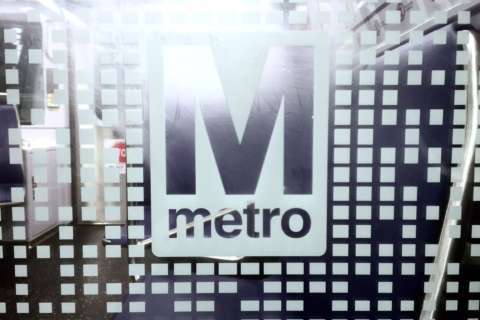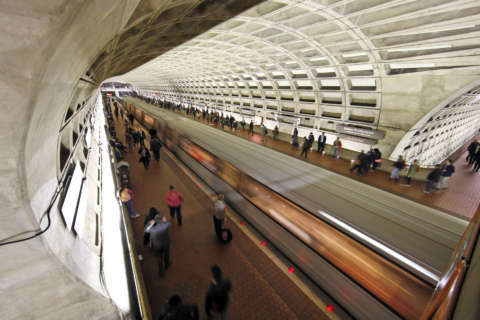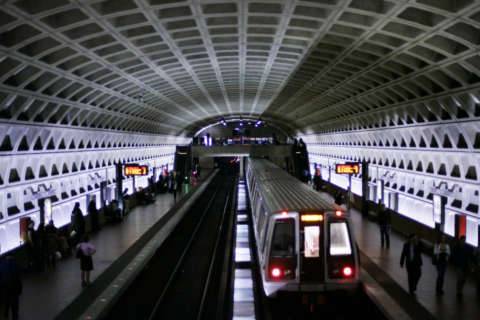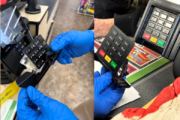WASHINGTON — Metro has more major track work to do in the years ahead, and it’s expected to lead to more 24/7 shutdowns or extensive single-tracking beyond what has already been announced.
Metro’s $8.53 billion capital plan for the next six years promises to fix the very worst pieces of the system, to reduce the backlog to about $2 billion by 2026. The region must still agree on how to fund the plan after it is approved by the Metro Board, since the current capital funding agreement is nearing the end of a second single-year extension.
A Board committee is being briefed Thursday on the capital spending plan; a public hearing on the full Metro budget is scheduled for Jan. 31 at 6 p.m. at Metro headquarters (comments can also be submitted online), and the Metro Board is expected to approve the budget in March.
Several crumbling bridges are among the major projects that must be completed.
Metro also plans to expand efforts to keep water from getting into more tunnel areas, similar to the Red Line work that has led to single-tracking or shutdowns on nights and weekends for months, and is considering additional work to completely reconfigure its electrified third rail system.
For now, a 16-day Yellow Line shutdown May 12-27 is the only round-the-clock work Metro has announced. Huntington and Eisenhower Avenue stations will be closed.
Bridge work
The aerial Rhode Island Avenue station needs additional repairs beyond the emergency fixes added to a surge zone in late 2016 that had been planned before concrete problems emerged.
Metro now plans more concrete repairs for the station, including parts of the tracks that cross over Rhode Island Avenue, later this year. The fixes are basic structural repairs for the station platform and the bridge that carries the tracks over the roadway.
On a March 2017 list, Metro ranked the Rhode Island Avenue bridge as its highest priority for structural repairs, followed by a bridge carrying the Orange Line near Cheverly. Metro also must repair crumbling vent shafts at several locations across the system and other stations’ platform edges.
A Blue Line bridge in Virginia built in the late 1990s also needs significant repairs.
The work south of King Street is expected to begin sometime in the budget year Metro begins July 1, with completion the following fiscal year. The project is set to cost $10 million total, which includes design and other work that has already been completed.
“Future bridge structure rehabilitation needs have been identified, including the aerial structure at Grosvenor-Strathmore on the Red Line and the aerial structure on the Orange, Blue and Silver lines near Stadium Armory,” Metro’s budget proposal said.
The bridges near Stadium-Armory were part of Metro’s initial series of 24/7 surges that began in June 2016.
An internal Metro review completed this fall acknowledged that “challenging conditions” in the area led to a high rate of continued track defects and service delays even after the surge. Now, the area still “requires continued corrective maintenance.”
“WMATA has prioritized this area for further remediation, work is planned to begin during FY2018, to continue in FY2019 and beyond,” the Quality Assurance, Internal Compliance & Oversight review found.
Metro’s 2018 budget year ends June 30.
Other areas that were the focus of 24/7 shutdowns also needed additional work months after the surges ended, the review found, including concrete repairs.
Over the next six years, Metro is budgeting $14.5 million to develop specific fixes for the aerial structures at Grosvenor-Strathmore, Stadium-Armory and elsewhere in the system.
Other related station improvement projects in the six-year plan include changes at Gallery Place-Chinatown to ease crowding and make it easier to move through the station, design work for similar plans at L’Enfant Plaza, and station lighting improvements.







